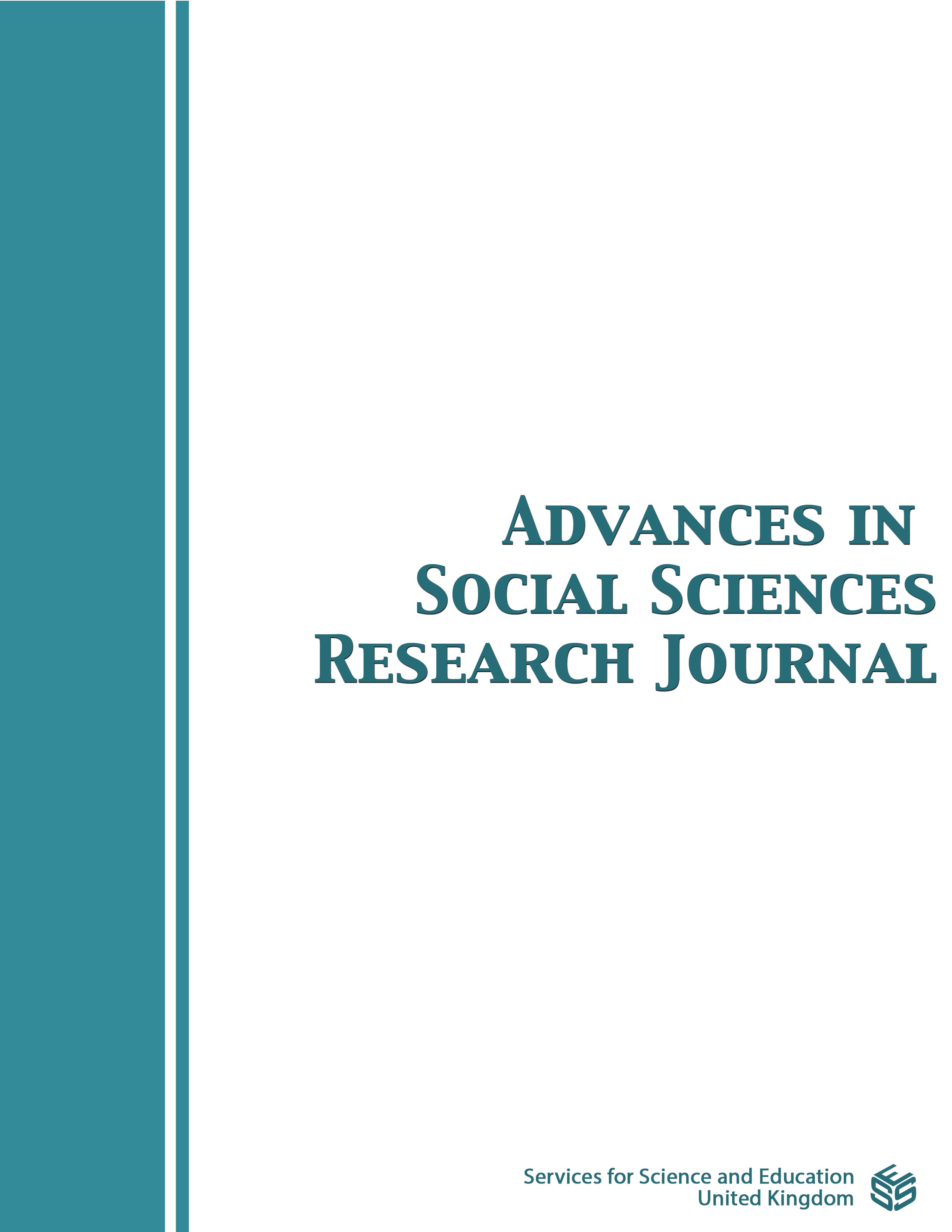The Cathexis Reflection of Ode on a Grecian Urn by John Keats in the Light of Sigmund Freud’s Theory of the Unconscious Mind
DOI:
https://doi.org/10.14738/assrj.912.13607Keywords:
Psychoanalysis, Unconsciousness, Cathexis, Sublimation, Poetry.Abstract
Ode on a Grecian Urn by John Keats delineates a theory of unconsciousness in the light of Sigmund Freud’s psychoanalytic perspective. This study scrutinizes Freud’s theory of the unconscious mind in the way which penetrates one of the most memorable and notable poems, Ode on a Grecian Urn by John Keats in the Romantic Period. It shall then carry on perusing Keats in a novel layer, adopting Sigmund Freud’s theory of the unconscious mind as a cathexis reflection of the poem. By juxtaposing the psychoanalysis perspective and the noteworthy poem, Ode on a Grecian Urn, the research unveils in what aspects Freud’s psychoanalytical interpretation conveys the psychological stimulus behind the poem. The research probes the extent that John Keats’s reflection on the poem plays a pivotal role as a cathexis in the sense of Freud’s theory of the unconscious mind, which is the area that the reader sees the concepts psychoanalytically articulating in the poem. From the late 18th to the mid-19th century, framing the Romantic Period, this study attempts to disclose the unconscious impulse behind Keats’s reflection on the poem by demonstrating how the poem decodes itself as a way of cathexis from Freud’s term of Sublimation.
References
Britannica, T. Editors of Encyclopaedia (2019). ecstasy. Encyclopedia Britannica. https://www.britannica.com/topic/ecstasy-religion
Dino, F. Modules on Psychoanalysis, Introductory guide to Critical Theory. http://www.purdue.edu/guidetotheory/psychoanalysis/psychmodules.htlm.
Freud, S. (1900). The Interpretation of Dreams, Standard Edition, London: Hogarth Press.
Garma, A. (1966). The Psychoanalysis of Dreams, New York: Delta.
Hamilton, J. W. (1969). Object Loss, Dreaming, and Creativity- The Poetry of John Keats. Psychoanalytic Study of the Child.
Jacobson, E. (1965). The Return of the Lost Parent In: Drives, Affects, Behavior Vol 2 ed. M. Schur. New York: International Universities.
Keats, J. (2017). Ode on a Grecian Urn (Complete Edition): From one of the most beloved English Romantic poets, best known for his Odes, Ode to a Nightingale, Ode to Indolence, ... Eve of St. Agnes, Lamia, Hyperion and more. Amazon Classics Edition (Kindle Edition).
Krupp, G. R. (1962). The Bereavement Reaction: A Special Case of Separation Anxiety The Psychoanalytic Study of Society, New York: International Universities Press.
Murfin, R., Supriya, M. R. (1997). The Bedford glossary of critical and literary terms.
Oxford (2022). Lexico, https://www.lexico.com/definition/pastoral
Peck, J & Coyle, M. (1993). Literary terms and criticism, London: Macmillan
Phillips, A. (2014). Psychoanalysis for Poets. Salmagundi, No. 182/ 183 (Spring-Summer 2014).
Pun, M. (2018). The Interpretation of the Unconscious: From Freud to Lacan. International Journal of Humanities and Social Science Invention. (IJHSSI). Volume 7 Issue, January. 2018, pp. 48-52.
Schmitz, A. (2012). Reading Keats’s “Urn” through the Psychoanalytic Lens. Creating Literary Analysis.
Segal, H. (1952). A Psycho-Analytical Approach to Aesthetics, Int. J. Psychoanalytic, 33:196-207
Shaddock, D. (2020). Poetry and Psychoanalysis: The opening of the field. New York, Routledge.
Waldoff, L. (1985). Keats and the Silent Work of Imagination, Champaign: University of Illinois Press.
Walinga, J., Stangar, C. (2012). Introduction to Psychology: 1st Canadian Edition, BCcampus Open Education. https://opentextbc.ca/introductiontopsychology/chapter/11-2-the-origins-of-personality/
Wings (2021). Top Rumi Quotes to Celebrate Love, Life, Nature, Sufism & the Universe, Theleverageedu.com https://leverageedu.com/blog/rumi-quotes/
Wolfenstein, M. (1966). How Is Mourning Possible, Psychoanalytic Study Child.
Wu, D. (1999). A Companion to Romanticism. Blackwell Publishers.
Trilling, L. (1972). Freud and Literature. London: Longman
Downloads
Published
How to Cite
Issue
Section
License
Copyright (c) 2022 Ayşe Çamur

This work is licensed under a Creative Commons Attribution 4.0 International License.
Authors wishing to include figures, tables, or text passages that have already been published elsewhere are required to obtain permission from the copyright owner(s) for both the print and online format and to include evidence that such permission has been granted when submitting their papers. Any material received without such evidence will be assumed to originate from the authors.






